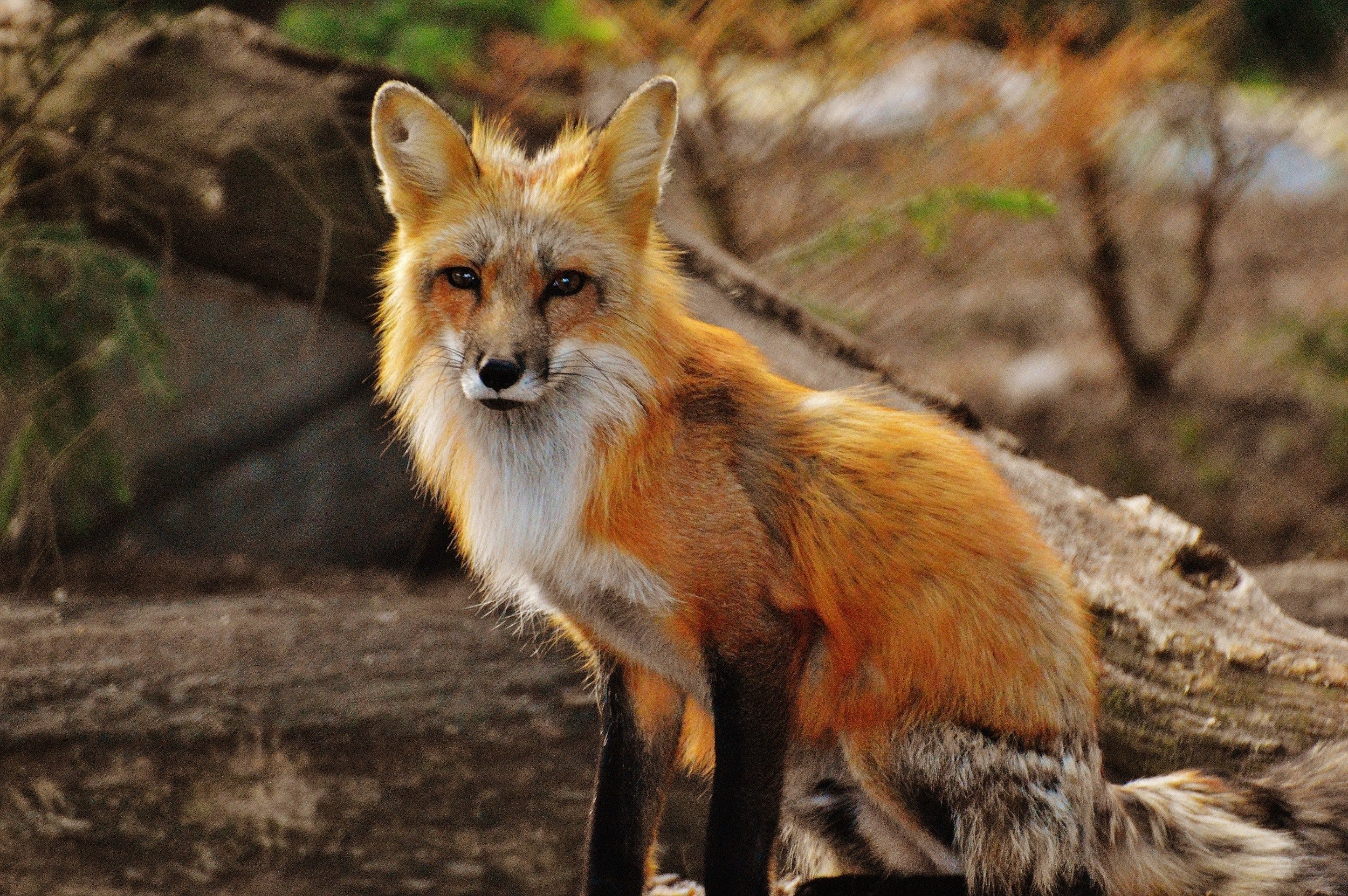innovuscollege.com – Foxes are among the most fascinating creatures in the animal kingdom. Known for their intelligence, agility, and adaptability, foxes have captured the human imagination for centuries. They often symbolize cunning and wit in folklore, but beyond the myths, foxes play a crucial role in ecosystems worldwide.
Classification and Species
Foxes belong to the Canidae family, making them relatives of dogs, wolves, and coyotes. The most common and widespread species is the red fox (Vulpes vulpes), found across North America, Europe, Asia, and parts of North Africa. However, there are over 30 species of foxes, including the Arctic fox (Vulpes lagopus), Fennec fox (Vulpes zerda), and Gray fox (Urocyon cinereoargenteus).
Physical Characteristics
Foxes are medium-sized mammals, typically weighing between 5 to 14 kg (11 to 30 lbs) depending on the species. Their slender bodies, pointed snouts, bushy tails (often called a “brush”), and upright triangular ears make them instantly recognizable. The red fox, for example, is famous for its reddish-orange fur, while the Arctic fox has thick white fur that provides camouflage in snowy environments.
Habitat and Distribution
Foxes are incredibly adaptable and can thrive in diverse environments:
- Forests
- Tundras
- Grasslands
- Mountains
- Deserts
- Urban areas
This adaptability has allowed foxes to live near humans, where they often scavenge for food in suburban or city settings.
Diet and Hunting Behavior
Foxes are omnivores, with a diet that varies based on their habitat and season. They commonly eat:
- Small mammals (like rodents and rabbits)
- Birds and eggs
- Insects
- Fruits and berries
- Carrion
Foxes are solitary hunters and are known for their stealth and patience. They use their sharp hearing to detect prey, often pouncing with a characteristic high leap to catch small animals hidden under the snow or grass.
Behavior and Intelligence
Foxes are known for their cunning behavior, which has made them a staple in folklore and stories around the world. In reality, their intelligence is reflected in their problem-solving skills, hunting tactics, and ability to adapt to changing environments. Foxes are generally nocturnal but may also be active at dawn or dusk (crepuscular).
Communication
Foxes communicate using a variety of sounds, body language, and scent markings. They can produce over 20 different vocalizations, including:
- High-pitched screams
- Barks
- Whines
- Growls
These sounds serve purposes such as attracting mates, warning off rivals, or calling to kits (baby foxes).
Reproduction
Foxes are typically monogamous during the breeding season. After mating, the female (vixen) gives birth to a litter of 4-6 kits in a den. Both parents often care for the young, teaching them survival skills before they become independent at around 3-4 months old.
Foxes in Culture
Foxes have been featured in myths, fables, and literature across cultures. In Japanese folklore, the kitsune is a mystical fox that can shape-shift and possesses magical powers. In Western tales, foxes are often portrayed as tricksters, like the classic character Reynard the Fox from medieval European literature.
Conservation Status
Most fox species are listed as Least Concern by the IUCN due to their wide distribution and adaptability. However, some species, such as the Darwin’s fox (Lycalopex fulvipes), are endangered due to habitat loss and human activities.
Conclusion
Foxes are versatile, resourceful, and ecologically important animals. Their ability to thrive in varied environments and their intriguing behavior make them a subject of fascination for wildlife enthusiasts and researchers alike. Whether seen as mystical creatures or clever survivors, foxes continue to hold a special place both in nature and human culture.





